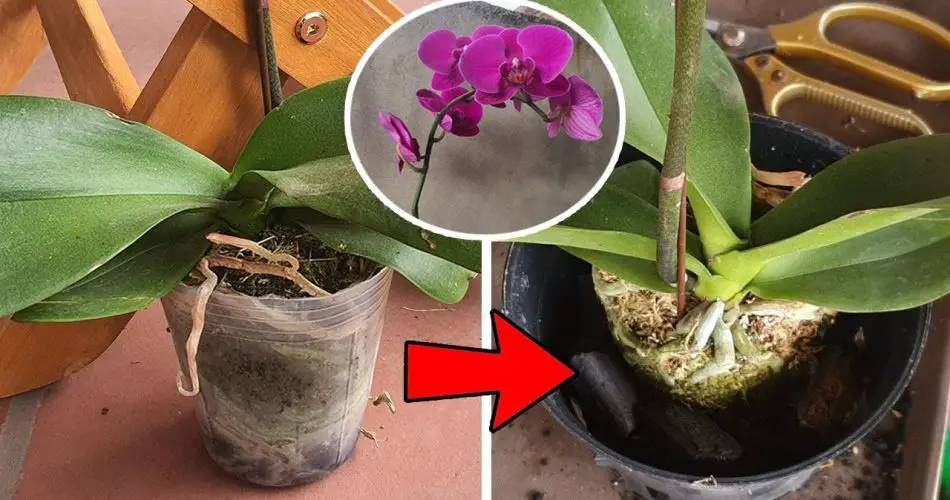Orchid TLC: Repotting While in Bloom
Orchids, known for their exquisite blooms, occasionally need repotting to ensure continued health and vitality. Repotting an orchid while it’s in spike or blooming may seem challenging, but with careful steps, it can be done to ensure minimal disruption to the flowering process.
1. Assess the Need for Repotting:
- Before initiating the repotting process, evaluate if it’s absolutely necessary. Signs such as overcrowded roots, decomposed potting mix, or unhealthy roots may indicate the need for a new container.
2. Choose the Right Time:
- Ideally, plan to repot your orchid just after it has finished blooming. However, if immediate repotting is necessary, proceed with care to avoid disturbing the flowers.
3. Gather Necessary Supplies:
- Equip yourself with all the essential tools and supplies, including a new pot with suitable orchid mix, pruning shears, and gloves.
4. Prepare the New Pot:
- Select a new pot that accommodates the orchid’s root system with some room for growth. Ensure it has drainage holes to prevent waterlogging.
5. Water the Orchid:
- Water the orchid thoroughly a few hours before repotting. Hydrated roots are more flexible and less prone to damage during the process.
6. Carefully Remove the Orchid:
- Gently remove the orchid from its current pot, taking care not to disturb the roots excessively. Hold the base of the plant securely while easing it out.
7. Inspect and Trim Roots:
- Inspect the roots for any signs of disease or decay. Trim away damaged or unhealthy roots using sterilized pruning shears.
8. Place Orchid in the New Pot:
- Position the orchid in the center of the new pot, spreading the roots evenly. Add fresh orchid mix around the roots, ensuring stability.
9. Secure the Orchid:
- Firmly secure the orchid in the pot without burying the base. The top of the roots should be just below the surface.
10. Water and Allow Adjustment: – Water the repotted orchid gently, allowing the plant to adjust to its new environment. Avoid overwatering immediately after repotting.
11. Provide Adequate Light: – Place the orchid in its usual location with appropriate light conditions. Maintain its usual care routine as much as possible.
12. Monitor and Enjoy Blooms: – Keep a close eye on your repotted orchid. It may take a short time for the plant to recover from the repotting process, but once it does, you can continue to enjoy its beautiful blooms.
While repotting an orchid in bloom requires delicacy, following these steps helps minimize stress on the plant, allowing it to adapt and continue showcasing its vibrant flowers. Remember, each orchid may respond differently, so observe and cater to its specific needs for a successful and bloom-filled outcome.



